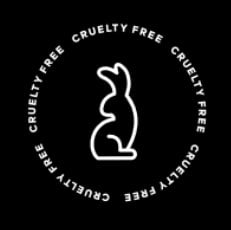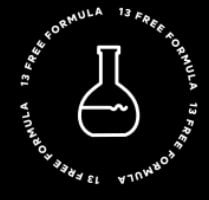
Toluene
Dibutyl Phthalate (DBP)
DBP allows nail polish to retain a flexible quality. This is used to ensure that the nail polish film adapts to the nail. This chemical has been prohibited by the European Union because it is reprotoxic (can cause problems with reproduction) when absorbed by the skin. For females, this chemical has been linked to uterine problems, and for men, this chemical has been linked to testicular cancer.
Formaldehyde
Formaldehyde is used as a hardening agent and preservative for nail polish. This chemical elongates the duration of the polish and accentuates its shine. Unfortunately, this compound is toxic for human beings. Long term inhalation of formaldehyde is carcinogenic and the chemical can cause allergic reactions and dermatitis when in contact with the skin. Additionally, the chemical has a cumulative effect and can cause toxicity in various organs over time.
Formaldehyde Resin
Formaldehyde resin is used for the same purpose as formaldehyde: hardening nail polish and increasing shine. When formaldehyde resin decomposes, formaldehyde is created and the health issues that were prevalent with formaldehyde return.
Camphor
Camphor acts as a softener and allows the nail polish to become more malleable. In high concentrations, inhalation of camphor can cause nausea and headaches. If ingested, camphor is poisonous and a concentration greater than 11% can be fatal.
Ethyl Tosylamide
Ethyl tosylamide increases durability and drying speed for nail polish. This chemical causes as much irritability in the skin as it does in the eyes and can cause developmental dysfunction at the reproductive level. Due to these effects, this compound has been banned in Europe.
Xylene
Similar to toluene, xylene is used as a solvent for nail polish. According to EWG’s Skin Deep database, xylene has high neurotoxicity and can affect the respiratory system, digestive system (particularly the liver), renal system, and the reproductive system. It is also irritating on the skin.

Pentasodium Triphosphate (STPP)
This chemical is used as an additive in soaps and detergents and works as a stabilizer to allow acrylates to remain liquid for a longer period of time. However, when the compound comes in contact with skin, it can cause irritability.

Hydroquinone/Hydroquinone Monomethyl Ether (HQ/MEHQ)
This chemical is used as a stabilizer to allow acrylates to remain liquid for a longer period of time. Hydroquinone is highly toxic and MEHQ breaks down into toxic hydroquinone and methyl ether. Due to its high toxicity, the compound is banned in Europe and Canada. This chemical is harmful to the respiratory system, can cause allergies on the skin, and is classified as potentially carcinogenic.

Methylisothiazolinone (MIT)
MIT is a toxic preservative in nail polish that sensitizes the skin and can cause severe skin reactions. This chemical can cause allergic reactions, dermatitis, hives, or even chronic eczema. This compound is prohibited in Europe, Canada, and Japan.

Parabens
Parabens preserve the nails by increasing durability and killing possible bacteria. This group of chemicals is banned in Europe and Canada because the compounds are highly toxic and can affect the endocrine system by offsetting the body’s natural hormonal balance. At a cellular and biochemical level, this toxin can prevent gene expression and cause cancer.

Animal Derivatives
Our products are formulated without animal ingredients or derivatives of animal ingredients. We do not use animal derivatives in either the production or the testing of our products.

Gluten
Our nail polishes are formulated without TACC to ensure that every person is able to use our products and those with celiac disease can paint their nails without the fear of adverse reaction.





